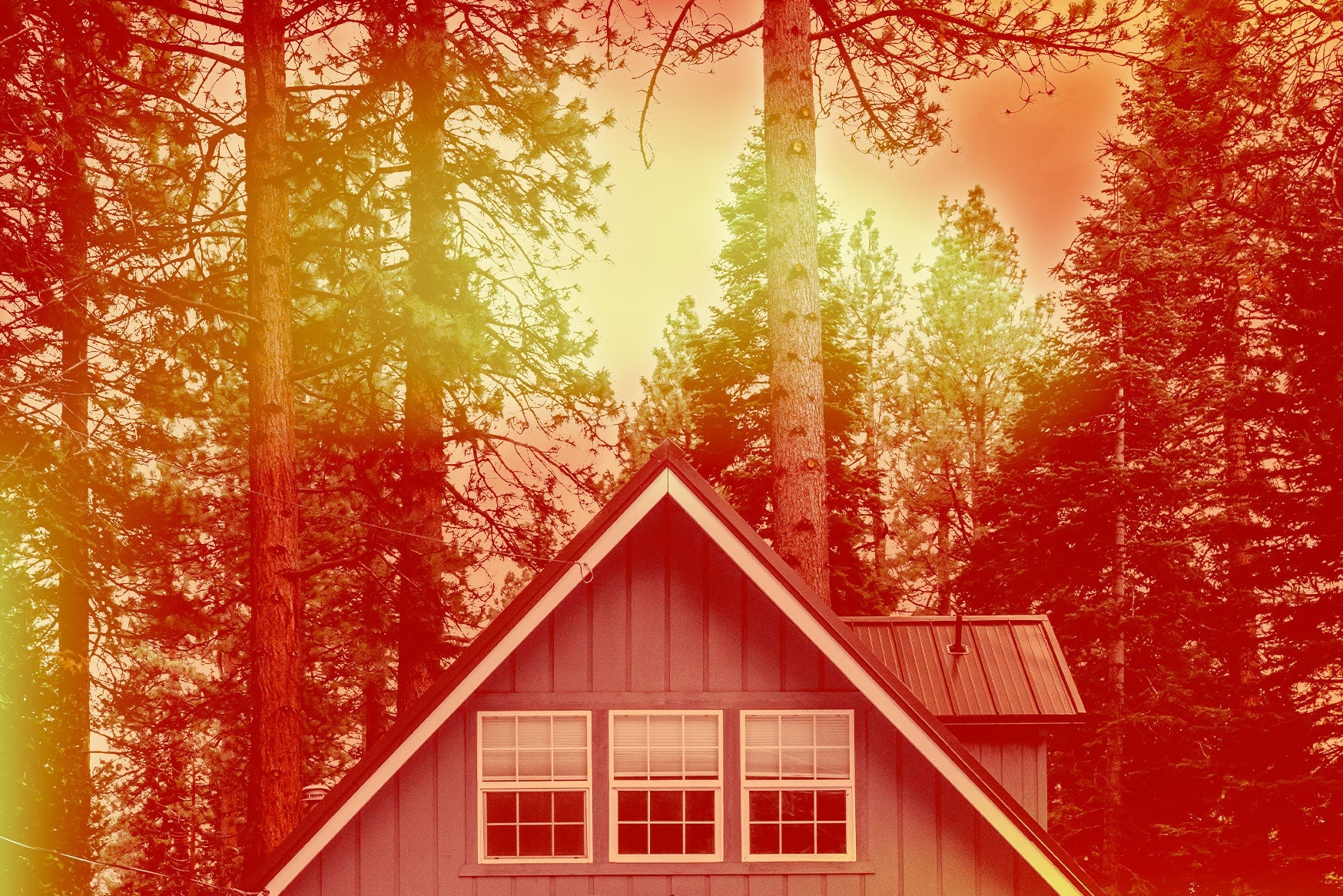
The Heat Issue of Popular Science is available now
“As much as heat plagues us, it’s also essential. Cooking over fire spurred evolutionary changes that quite literally made us who we are today. Now our species’s hot streak has caught up with us, which is why this issue of PopSci is all about defining our new relationship with extreme highs.”
—Corinne Iozzio, Editor-in-Chief
The Heat Issue of Popular Science is available now.
When Earth’s thermostat suddenly shot up 55 million years ago, life dramatically changed. Subtropical forests spread over the continents, and new animals got to stake their claims on the planet—all thanks to an atmosphere and oceans in turmoil. From hungry insects to oceanic extinctions, rapid evolution, and strange new rains, Riley Black gives readers an in-depth look at what the past can tell us about the potentially extreme results of modern temperature surges.
As the world warms, demand for air conditioning and refrigeration is going up. But these systems themselves expel a tremendous amount of heat, and the chemical compounds they use can escape skyward, where they act as planet-warming greenhouse gases. After decades of false starts, scientists have found a way to tap a quirk of physics called radiative cooling, which can optimize air conditioning and send atmospheric heat into space. Andrew Zaleski profiles the California startup working to put the tech on the map.
On a given day around Moab, Utah, visitors may view snowcapped mountains while gazing through a red-rock-desert arch that curves above a Grand-rivaling canyon. Or they might fish a river and then scale sandstone cliffs. Or perhaps they’ll wander a pine forest in the morning and uncover a dinosaur fossil after lunch. With all this, the three million visitors a year could scarcely guess that this area used to house the Atlas Uranium Mill, one of the most productive processing facilities in the world for the raw radioactive ore. Now, the region is hard at work to recover from its radioactive legacy. “Since the start of the project, the effort has stopped more than 955,000 pounds of ammonia and 5,300 pounds of uranium from slipping into the Colorado River,” writes Sarah Scoles.
Every piece they make at the Museum of Glass in Tacoma, Washington, starts at 2100°F. The facility keeps the flames going 24/7 because of the time and energy it takes to get the temperature to full tilt and craft modern silica, soda ash, and lime into stunningly delicate works. “But burning all that natural gas doesn’t do the planet any favors, so the institution made an upgrade in 2021: The new forge uses 41 percent less fossil fuel, thanks to a design that captures some of the heat that would otherwise escape up the flue,” writes Executive Editor Rachel Feltman.
PLUS: Did Humans Heat the Earth?; Venus Rising; Everything You Know About Hydration is Wrong; Your Own Private Water Park; The Only Trick You Need to Prevent Chub Rub; Gear to Shield from the Sun; and More